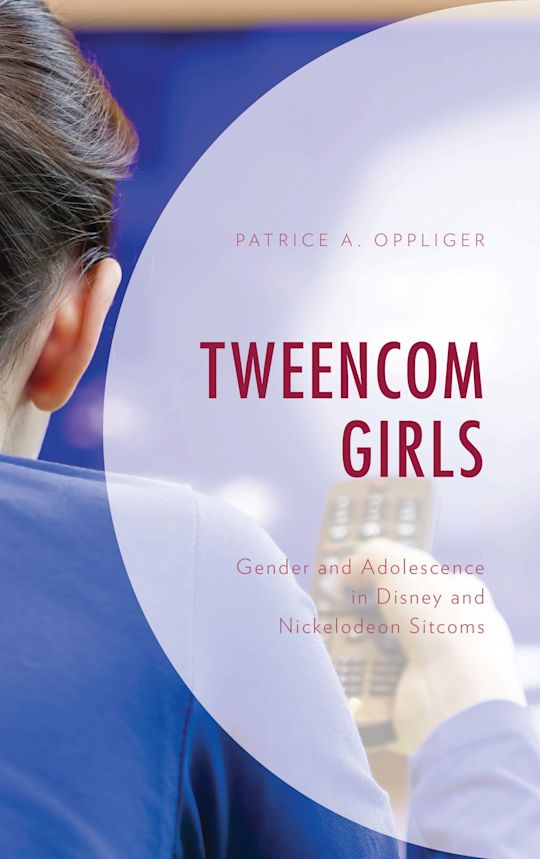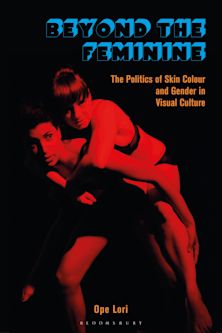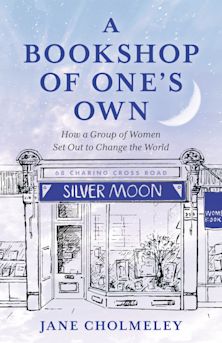- Home
- ACADEMIC
- Gender & Sexuality Studies
- Feminism
- Tweencom Girls
Tweencom Girls
Gender and Adolescence in Disney and Nickelodeon Sitcoms
Tweencom Girls
Gender and Adolescence in Disney and Nickelodeon Sitcoms
This product is usually dispatched within 3 days
- Delivery and returns info
-
Free US delivery on orders $35 or over
You must sign in to add this item to your wishlist. Please sign in or create an account
Description
Tweencom Girls analyzes the different ways character tropes are portrayed in media targeted at eight- to twelve-year-olds, particularly female characters, over the last twenty-five years. The book focuses particularly on sitcoms produced by the cable giants Disney Channel and Nickelodeon because of their popularity and ubiquity. It provides extensive examples and alternative interpretations of the shows’ tropes and themes, particularly for those who are unfamiliar with the genre. The first section explores common tweencom tropes, focusing on different themes that are prevalent throughout the series. The second section includes a discussion of the big picture of how tropes and themes give insight into the female characters portrayed in the popular tweencom programming, as well as advice to parents and educators.
Table of Contents
1. Main Girls
2. Mean Girls
3. Cheerleaders
4. Targets
5. Adults
Part II: Themes
6. Popularity
7. Friendships
8. Relational Aggression and Teasing
9. Physical Aggression
10. Girl Power
Product details
| Published | Aug 11 2020 |
|---|---|
| Format | Paperback |
| Edition | 1st |
| Extent | 230 |
| ISBN | 9781498550604 |
| Imprint | Lexington Books |
| Dimensions | 9 x 6 inches |
| Series | Children and Youth in Popular Culture |
| Publisher | Bloomsbury Publishing |
About the contributors
Reviews
-
Patrice A. Oppliger’s Tweencom Girls: Gender and Adolescence in Disney and Nickelodeon Sitcoms offers an insightful and vivid exploration of characters and themes found in popular tween comedies. Such an in-depth look at the tweencom genre is long overdue. The arguments are rich, and the examples are abundant and deep. Oppliger’s read of female stereotypes and girl power stretches beyond princess culture and provides fresh constructions of key tropes and themes.
Nancy Jennings, University of Cincinnati


































